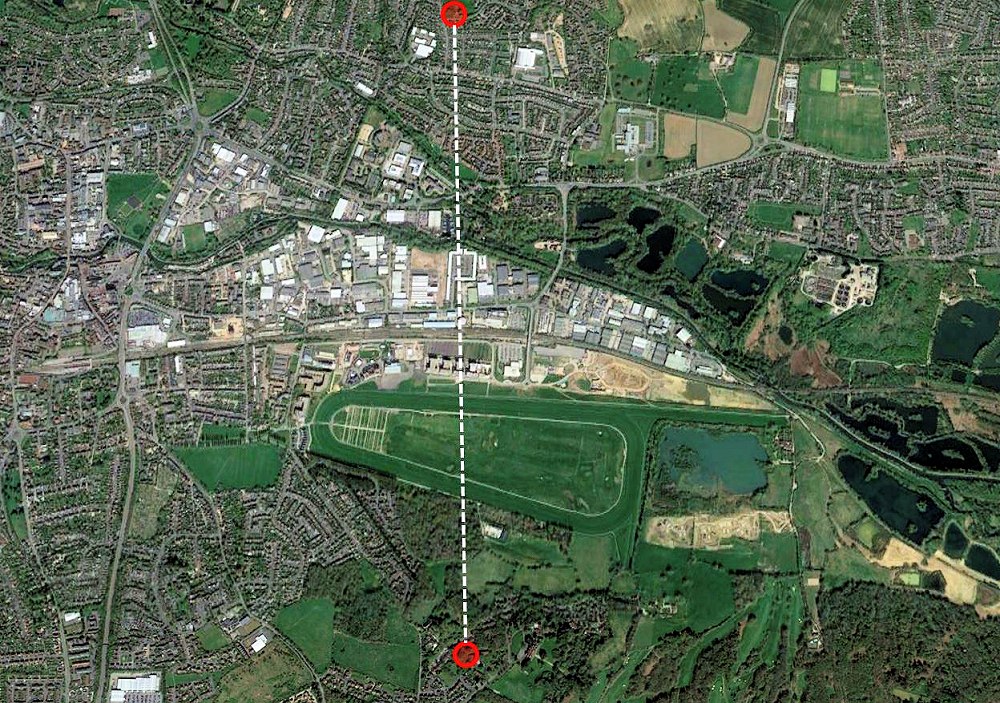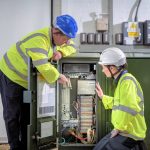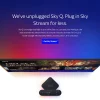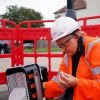Virgin Media Brings FTTP Broadband to Village via Gigabit Wireless
A new trial has enabled cable operator Virgin Media UK to deploy a 1Gbps (150Mbps upload) capable Fibre-to-the-Premises (FTTP / RFoG) broadband network into the Berkshire village of Greenham near Newbury, which was made possible by feeding the network via a 10Gbps high-capacity millimetre wave (mmW) radio link.
The mmWave bands (30GHz to 300GHz) aren’t terribly useful at providing wide area coverage but they can be handy for providing high capacity Line of Sight (LOS) wireless links over a shorter range. In this case Virgin’s trial used radio equipment from Ericsson to connect two “trunk” points over 3 kilometres with a 10Gbps signal, which was then converted within a local cabinet (DAA node) to help feed capacity for their full fibre network.
As a result some 12 homes in the village of Greenham can now access download speeds of up to 1Gbps and uploads of 150Mbps, as well as the operator’s usual TV services, all of which are delivered via their existing Hub 3.0 broadband router and V6 set-top-box. The village itself is located just on the edge of the market town of Newbury (source of the radio link).
Advertisement
The idea of feeding a fixed line FTTP deployment via a wireless link might seem odd to some but it’s been done before (e.g. Airband have a similar approach with Rural Optic but Virgin seem to be using a more advanced setup) and can save a lot of money by reducing the need for extensive civil engineering.

Virgin Media suggests that the “wireless backhaul could mean that trunk network build costs are reduced by up to 90%,” which in turn makes such deployments more economically viable (particularly for rural communities and some apartment blocks). “The connectivity could also be used to help connect mobile providers and business customers,” said Virgin.
Jeanie York, VM’s Chief Technology and Information Officer, said:
“As we invest to expand our ultrafast network we’re always looking at new, innovative ways to make build more efficient and connect premises that might currently be out of reach. While presently this is a trial, it’s clear that this technology could help to provide more people and businesses with the better broadband they deserve.”
The operator notes that the 10Gbps link used in their trial may only connect 12 homes but they claim that this technology could “sustainably support delivery of residential services to as many as 500 homes when considering a 40% average annual growth in data consumption.” The radio link can also be upgraded to support a 20Gbps connection (i.e. meaning 2000 homes could “comfortably be connected in one area“).
Advertisement
The 3km distance is currently considered the “optimal target to guarantee reliability in all weathers” but like other wireless connections these radios can be “chained together and used back-to-back,” which increases the range and scope of connectivity without compromising capacity or availability.
As part of the trial Virgin Media also tested and optimised the wireless trunk signal in a range of weather conditions, including 80mph winds and 30mm rainfall, to ensure the connection remained stable throughout. The operator said they expect to conduct further trials of this technology later in 2019.
The operator claims that their trial marks the first time in the world that a wireless trunk link has been used to deliver services in a Distributed Access Architecture (DAA) model, which they say “decentralises and virtualises certain aspects of network functionality to create a more software-defined network and bring digital fibre signals closer to premises.”

Advertisement
Mark is a professional technology writer, IT consultant and computer engineer from Dorset (England), he also founded ISPreview in 1999 and enjoys analysing the latest telecoms and broadband developments. Find me on X (Twitter), Mastodon, Facebook, BlueSky, Threads.net and Linkedin.
« Tackling the 330Mbps Speed Limit in Some Openreach FTTP Areas UPDATE


















































Comments are closed